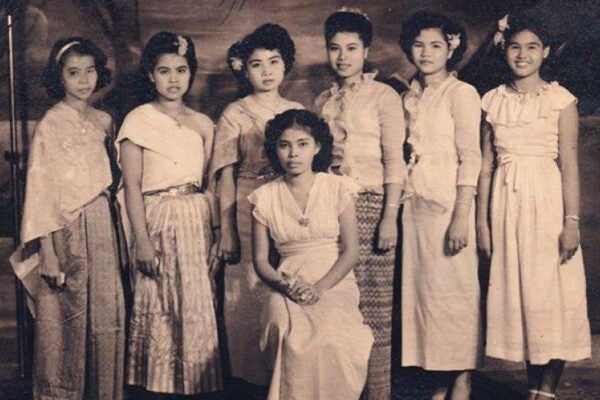For centuries after the 1719 publication of Daniel Defoe’s Robinson Crusoe, stories of shipwreck survivors were so common that they became a distinct genre known as robinsonades. Typically, they depicted men or boys, alone or in groups. If women were present they played little role in the stories. But, as Thomas Fair writes, there were exceptions—and these stories offer a revealing look at ideas about gender and empire in nineteenth-century England.
Fair notes that tales of capable female castaways were published in eighteenth-century Germany. But the theme emerged later in England. There, one of the first female-centered robinsonades was Ann Fraser Tytler’s Leila; or, The Island (1839). In this novel, twelve-year-old Leila Howard is shipwrecked with her father, her nurse, her dog, and her cat. Unlike many previous shipwreck stories, Leila contains few dramatic adventures, and there are no islanders to subdue or civilize. Instead, Tytler focuses on the recreation of middle-class family life in the wilderness. The trio creates “bedrooms” in a cave, establishes a gated garden, and domesticates rabbits and birds. The nurse plays a crucial role in caring for Leila and her father while maintaining a professional social distance appropriate to her class.
“In addition to its overt and highly stylized assertion of Victorian middle-class values and sensibilities,” Fair writes, “Leila underscores the stabilizing and constructive properties of this domestic model when encountering the uncivilized.”
Four decades later, Elizabeth Whittaker published “Robina Crusoe and Her Lonely Island Home,” a serial appearing in The Girls’ Own Paper in 1892 and 1883. The story mixed domestic female virtues with the emerging figure of the independent New Woman. Like male heroes before her, sixteen-year-old Robina responds to disaster with courage and quick wits, exploring the island, killing and skinning a dangerous snake, and eventually shooting a pirate to rescue a young boy. She is a capable navigator and sailor, with engineering stills that allow her to build a kiln and make bricks.
Weekly Newsletter
Robina encounters savage, “scarcely human” island natives, frightens them away, and rescues the baby of a captive woman after she dies. The teenager raises the child as her own, discovering “true mother’s love.” Fair notes that Whittaker’s racist depiction of the warriors and sympathy to the mother and child reflect a growing tendency to justify British imperialism on humanitarian grounds.
In L. T. Meade’s Four on the Island: A Story of Adventure (1892), Isabel Fraser is about the same age as Leila Howard when she’s stranded with her injured older brother and two young cousins. Unlike Leila, she takes command of the situation, turning a wrecked ship into a home, shooting threatening giant land crabs, and rescuing her brother after he becomes trapped in a pit. When Isabel herself becomes ill, the other children get by and nurse her back to health, thanks to the well-functioning domestic environment she created.
Like the fictional female castaways before her, Isabel combines pluck and domestic abilities to create a little slice of an idealized British Empire in the wilderness.
Support JSTOR Daily! Join our new membership program on Patreon today.







